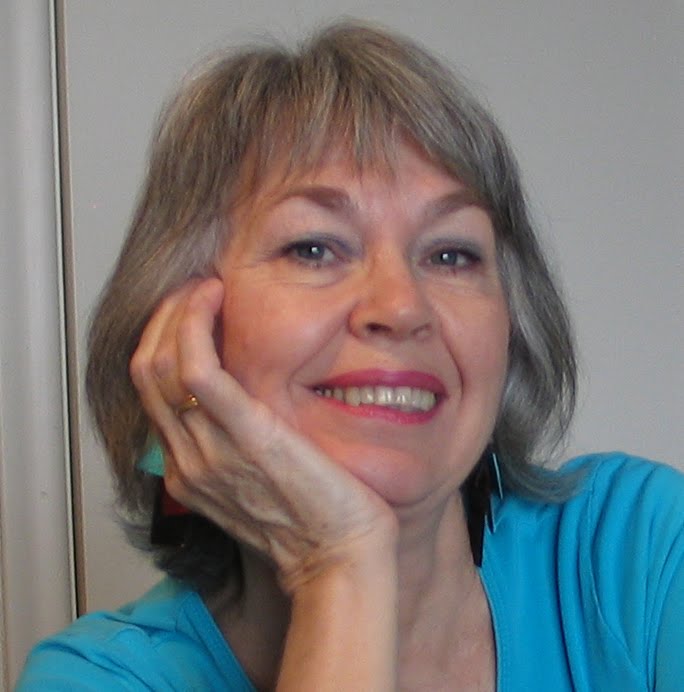 |
| ©Susanne Clark Blue Totem |
I recently gave a Collagraph Printmaking workshop for the Don Valley Art Club here in Toronto. There were ten participants in the group and everyone worked very enthusiastically and really seemed to enjoy it.
At the end of any workshop I give I ask the participants to fill out a short evaluation form covering all the usual things, including whether they got good value for the money spent, and I also ask for comments on how I could improve the workshop. Because I want people to be genuine and able to critique and not feel that they just have to say something nice, they have the option to fill it in and be anonymous or they can give their name.
I got really nice reviews and amazingly everyone gave their name and permission to use it in any publicity about upcoming workshops. There were also a couple of comments. One was that they would have preferred that there were less participants in the group. I understand that as there is a lot of information to cover and people like a lot of one on one help. Also we only had one press and for a large group that meant that there were often people waiting to use it. When a workshop is done for an Art Club they need a good number of attendees to make it worthwhile financially.
The other suggestion was that perhaps I should have had a theme for people to work with. I found this suggestion interesting and is the main reason for this blog post. Because collagraph printmaking is based loosely on collage, (a printing plate is formed by attaching various papers and creating textures on a support that you use to print the image from) one of the first things to learn is how these textures actually print when inked up. Do the materials print light or dark, is there too much ink on the plate, do the shapes and textures read well etc. For people who new to collagraph printmaking trying to create a successful image with a Theme before they know how the process works, seems to me, to be attempting too much. I believe that it is better to work spontaneously without worrying about the end result and then see what you discover.
I would be interested to hear your comments. Theme or no theme at the beginning of the learning process?
Cello Paintings
http://fineartamerica.com/profiles/susanne-clark.html







